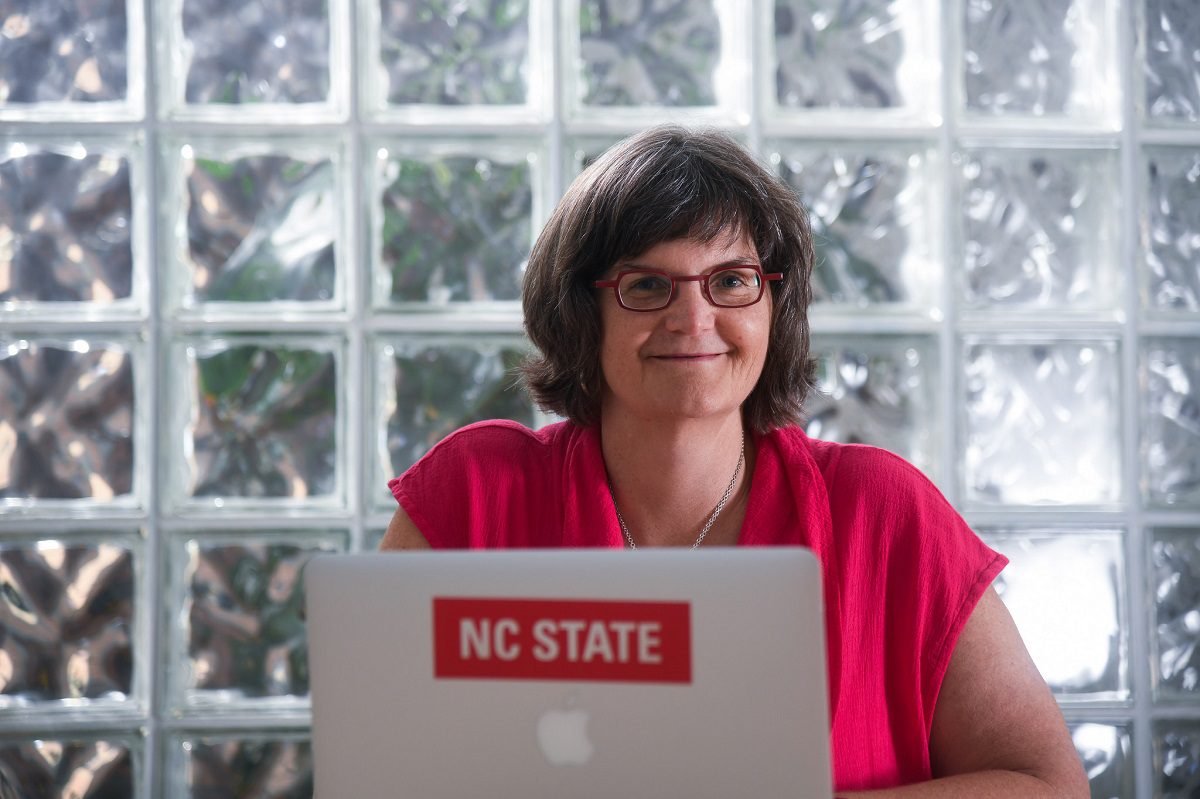
It’s been more than six years since the first blood samples were collected from residents in the Cape Fear region participating in a study to measure their exposure to synthetic chemicals being discharged into their drinking water source.
That study, known as the GenX Exposure Study, has since then transitioned to one that will allow researchers to examine potential long-term health effects in hundreds of North Carolinians who for years unknowingly drank water containing per- and polyfluoroalkyl substances, or PFAS.
Supporter Spotlight
Today, a little more than 1,000 residents from a town in the state’s Piedmont and east to the southeastern coast of North Carolina are part of the health study examining how past exposure to PFAS may affect human health.
“We’ve been measuring cholesterol and thyroid and comprehensive metabolic panels and height and weight and (body mass index) and so we can now look at how things change over time,” said Jane Hoppin, principal investigator of the GenX Exposure Study and professor at North Carolina State University.

Blood samples were first collected from a few hundred residents in the Cape Fear region in late 2017, just months after the public was first made aware that the Cape Fear River, the drinking water source for tens of thousands of people, had for decades been a dumping ground for a chemical manufacturing plant roughly 80 miles upstream of Wilmington.
GenX, one of more than 10,000 PFAS in existence today, is a chemical compound specific to the Chemours Fayetteville Works plant, which is under a court order to vastly reduce the amount of PFAS it discharges into the river, emits into the air and spills onto the ground.
About 500 residents in the lower Cape Fear region are taking part in the health study. Another 300 or so participants live in Fayetteville and a little more than 200 reside in Pittsboro, a town roughly 100 miles upstream of Chemours. Pittsboro’s drinking water source, the Haw River, has some of the highest levels of PFAS in the state, according research conducted through the North Carolina PFAS Testing Network.
Supporter Spotlight
What researchers call legacy PFAS — perfluorooctanoic acid, or PFOA, and perfluorooctane sulfonate, or PFOS — found in the Haw River have been traced to textile and furniture manufacturing operations.
“Having this wide range and different mixtures in different places is helpful in understanding” human health effects from exposure to PFAS, Hoppin said.
Results from a GenX Exposure Study published in 2022 showed a correlation between people found to have elevated levels of PFAS in their blood with higher total cholesterol and non-HDL cholesterol, the latter of which puts people at a higher risk of hardening of the arteries, heart disease, chest pain, heart attack and stroke.
That study included blood samples collected in November 2017 and again in May 2018 from nearly 350 Wilmington residents, including 55 children. Blood was analyzed to measure levels of PFOA and PFOS, fluoroethers such as GenX, and lipids.
GenX was ultimately not detected because the chemical has been found to last in blood for about three days.
Moving forward, Hoppin said, researchers overseeing the health study will collect new blood samples to look at various markers, including how PFAS may influence weight gain and changes in weight.
“We have people who are ages 6 to 90 and so we want to focus on health outcomes that impact all of us,” she said. “We’ve looked at response to COVID vaccines and, for example, there’s growing interest in how these chemicals may influence bone growth and developments.”
Ideally, those participating in the study will have their blood drawn, urine collected, weight and height measured and fill out health surveys every two to three years for the next 20 years, Hoppin said.
“It’s a very complex situation and even just trying to start to understand exposure, like why do the people on private drinking wells have similar levels of legacy PFAS as other communities that drink municipal water? How do we think about inhalation for the people who live around the plant? We’re trying to understand exposure and then move forward and have large enough sample sizes to really describe health outcomes. We want to be sure that we have sufficient statistical power to answer those questions.”
As research continues to unveil potential health impacts of PFAS in humans, public water systems including the Cape Fear Public Utility Authority, have taken steps to reduce the amount of PFAS exposure in drinking water.
The Cape Fear authority and Brunswick County Public Utilities have spent millions to install treatment systems to remove PFAS from their raw water.
Nationwide, chemical manufacturers including 3M and DuPont have faced a barrage of lawsuits asking courts to hold such companies responsible for the release of PFAS into the environment.
Earlier this month, New Hanover County commissioners filed a lawsuit in that county’s superior court against more than a dozen makers and vendors of products made with PFAS.
The U.S. Environmental Protection Agency is proposing to set limits on six PFAS in public water systems. The EPA would limit a combination of GenX and three other compounds — perfluoronanoic acid (PFNA), perfluorohexane sulfonic acid (PFHxS), and perfluorobutane sulfonic acid (PFBS).
The agency also proposes to set maximum contaminant levels, or MCLs, on PFOA and PFOS each at 4 parts per trillion.
EPA estimates that between 3,400 and more than 6,000 public water systems across the country contain at least one of these compounds that exceeds the proposed limits.
Researchers are working on how to improve environmental health literacy among medical clinicians to help doctors better understand how to use health studies like the GenX study to care for their patients.
Hoppin said the hope is that the samples currently being collected in this study will be used to further research PFAS exposure and potential health effects in people.
Results of the latest round of blood samples are expected to be shared with participants sometime this spring.







